
Related
Guests
- Rodney PinderDirector of the International News Safety Institute
A new monument in London pays tribute to the hundreds of journalists killed in the course of their jobs. An estimated two war journalists have died every week over the past ten years. The latest victim is Iraqi journalist Muhieddin Abdul-Hamid. He was killed Tuesday in a drive-by shooting soon after he left his home in Mosul. [includes rush transcript]
Transcript
AMY GOODMAN: We turn now to a new monument in London that’s paying tribute to hundreds of journalists killed in the course of their jobs. An estimated two war journalists have died every week over the past ten years. The latest victim is Iraqi journalist Muhieddin Abdul-Hamid. He was killed Tuesday in a drive-by shooting soon after he left his home in Mosul. He was a presenter for a local state-run TV station, had reportedly received death threats before he was killed. The thirty-two-foot-high glass sculpture atop the BBC broadcasting house in London was unveiled by UN Secretary-General Ban Ki-moon on Monday following the recent deaths of the two BBC journalists, Abdul Samad Rohani and Nasteh Dahir Faraah, in Afghanistan and Somalia.
BAN KI-MOON: Those who murder journalists don’t only stop the free flow of information, they kill the ability of millions of people to have their stories told. This monument stands in tribute to all those who have sacrificed their lives so that the rest of us could be informed. But it is also for those who survive, those who are out there right now risking their lives to report what they uncover in the face of deadly threats. These fallen heroes are lost, but they will never be forgotten. This memorial stands in testament to their enduring legacy. In tribute to their memory, we must end the culture of impunity surrounding crimes against reporters. We must bring the perpetrators to justice.
AMY GOODMAN: The memorial, which will shine a light into the sky every night, is dedicated not only to journalists, but also to those working with them, including translators and drivers.
Rodney Pinder is director of the International News Safety Institute, joining us now on the phone from London. Welcome to Democracy Now!
RODNEY PINDER: Thanks very much, and thanks for asking me.
AMY GOODMAN: The significance of this, how it got started, this monument that has just been dedicated and erected?
RODNEY PINDER: Well, it’s a magnificent memorial to those who have died, and it’s right in the heart of London. This kilometer-high beam of light will shine every night in the center of one of the biggest cities in the world. So it brings attention to thousands, and over the years, if not millions, of people who will see this light and will ask what it’s about. So it brings attention to an issue that has been so widely ignored or not known about for so many years. The numbers of news media professionals, journalists and their support staff who are killed trying to do their job of shining light in the dark recesses of society, not just in wars, but in peacetime, often in their own countries. This has not been known, and the numbers have been rising year after year since the millennium. So this focuses international attention on what is a grave blight in all our democratic societies.
AMY GOODMAN: Rodney Pinder, it’s been two months since Reuters Gaza-based cameraman Fadel Shana was killed when an Israeli tank shelled his vehicle that was clearly marked “press.” On Monday, a spokesman for the Israeli prime minister said Shana had not been identified as a journalist.
MARK REGEV: We’ve only had preliminary results of the investigation. The full results are still pending. What I can say is unequivocal. He was not seen as a journalist. In other words, the people in the combat zone, and it was a combat zone, did not identify him as a journalist. Had he been identified as a journalist, this tragedy would never have happened.
AMY GOODMAN: Rodney Pinder, your response?
RODNEY PINDER: Well, I — forgive me if I’m rather skeptical. The vehicle that he was in was clearly identified with large letters as TV and press. The munition that was fired was an indiscriminant munition. It was a shell that explodes and sends hundreds of flechettes, which are steel-tipped arrowhead-like munitions over a wide area in a semi-urban environment. So I really treat that with some doubt.
In fact, we have a picture from Reuters a couple years ago of a Reuters vehicle in the West Bank that was hit by an Israeli missile, which went right through the cab, slap bang in the middle of the “P” of “press,” which was written in two-feet-high letters on the roof. So I really find it very hard to believe that a modern military like Israel’s, with all the sophisticated vision techniques and drones and all the rest of it, could not have seen a vehicle that was so clearly marked as press and media.
AMY GOODMAN: Rodney Pinder, I want to thank you very much for being with us, director of the International News Safety Institute, joining us from London. For our radio listeners, if you’d like to see the images of the monument that has been built in London, the light that shines, you can go to our website at democracynow.org.

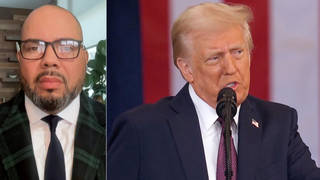
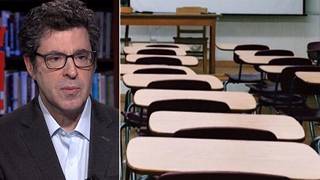
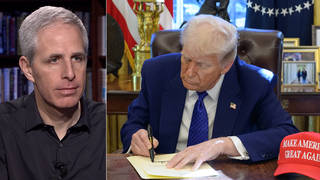
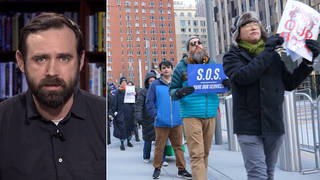

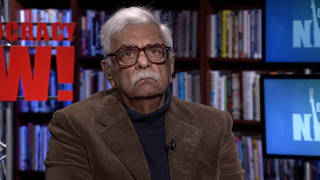
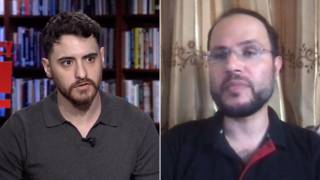
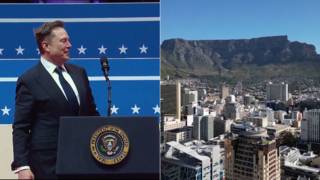

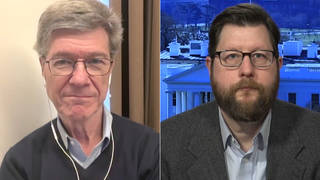
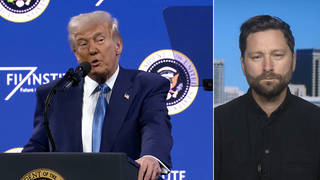
Media Options